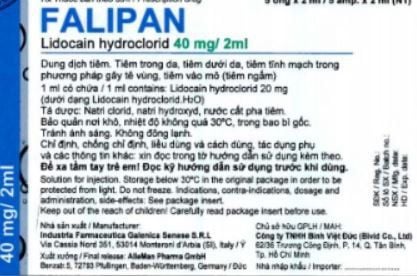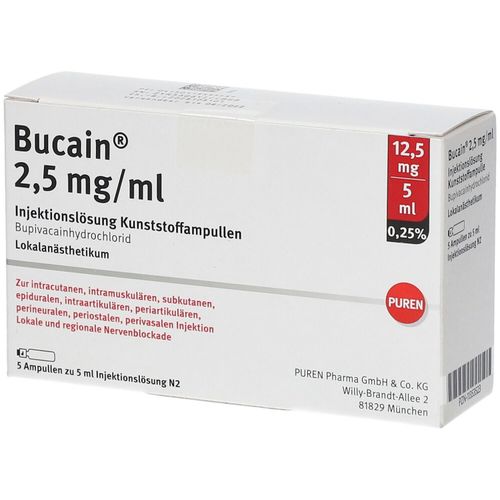This is an automatically translated article.
The article was professionally consulted with Master, Doctor Le Hong Duong - Anesthesiologist - Department of General Surgery & Anesthesia - Vinmec Hai Phong International General Hospital.Anesthesia in ureterectomy is considered a modern anesthesia method, which is highly effective, safe, with few complications and is being used very widely today.
1. What is anesthesia in ureterectomy?
Anesthesia in ureterectomy, anterior urethral anastomosis includes both 2 methods: spinal anesthesia (injecting anesthetic into the subarachnoid space) and epidural anesthesia (injecting anesthetic into the outer space). Dural).
The purpose of these anesthetic methods is to temporarily inhibit nerve impulse conduction through the spinal cord, thereby meeting the need for anesthesia during ureterectomy and providing good postoperative pain relief. This method of anesthesia is applied in cases requiring ureterectomy or anterior urethral anastomosis. However, like most other anesthetic techniques, this technique still has contraindications including:
The patient refuses to perform anesthesia. History of allergy to anesthetics. Shock, untreated volume deficit, well controlled. Infection of the skin at the site of anesthesia. Coagulopathy or discontinuation of anticoagulants for the required time. Mitral or aortic valve stenosis, severe decompensated heart failure.
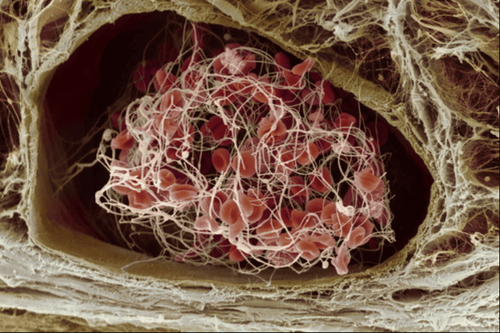
2. What preparation is needed before anesthesia for ureterectomy?
Anesthesiologist performing ureterectomyAnesthesiologists have been trained in spinal and epidural anesthesia techniques. Specialized nursing when indicated. Emergency facilities, patient monitoring
Pre-resuscitation: oxygen source, balloon, mask, intubation equipment, ventilator, sputum suction machine, electric shock machine... Resuscitation medicine: various fluids infusion, ephedrine, adrenaline... Anticonvulsants (barbiturates, benzodiazepines), muscle relaxants. Routine monitoring machines such as monitoring heart rate, breathing rate, blood pressure, temperature, SpO2...
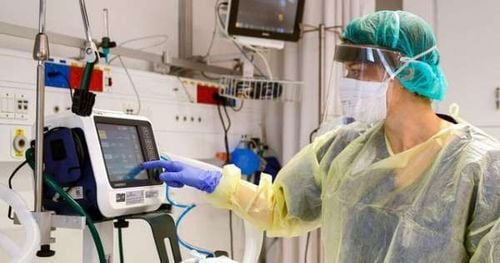
Means, tools for anesthesia
Syringes and needles of all sizes, sterile gloves, sterile towels... Spinal anesthesia needles of all sizes. Epidural anesthesia kit. Anesthetics: lidocaine, bupivacaine, levobupivacaine, ropivacaine... The pain relievers of the morphine family. Painkillers of the morphine family such as morphine, fentanyl, sulfentanyl... Intralipid 10-20%. Patient preparation
The patient and family need to be clearly explained to the anesthetic technique in ureterectomy to understand the advantages and possible complications and complications. Agree to sign a consent form to accept the risks during spinal or epidural anesthesia. Thorough examination, assessment of anesthetic ability... Sanitize the anesthetic area. Sedation, pre-anesthesia if indicated.

3. Anesthesia procedure in ureterectomy
Spinal anesthesia technique Place an effective intravenous line to prevent hypotension (dose from 5-10ml/kg body weight) Patient position: -Sitting position: patient sits with back arched, head bowed, Chin resting on chest, legs stretched out on the operating table or feet on the chair.-Lying position: the patient lies on his side, arched his back, 2 knees pressed against his abdomen, chin resting in front of his chest.
The patient has an ultrasound of the spine to guide the technique of anesthesia. The anesthesiologist performs completely aseptic manipulations prior to spinal anesthesia. Disinfect the area where the needle is inserted, and spread a sterile tissue. Spinal anesthesia technique: midline or lateral line -Middle line: Insert the spinal anesthetic needle into the space between 2 vertebrae, position from L2-L3 to L4-L5.
- Lateral line: Insert the spinal anesthetic needle 1-2cm from the midline, direct the needle to the middle, up, and out.
-Direct the bevel of the anesthetic needle parallel to the patient's spine.
-Insert the needle into the spinal cord until the tip of the needle passes through the dura into the spinal cavity.
-Check whether the anesthetic needle has entered the spinal cavity or not by observing the cerebrospinal fluid flowing out. Then, turn the needle bevel towards the patient's head and inject the appropriate dose of anesthetic.
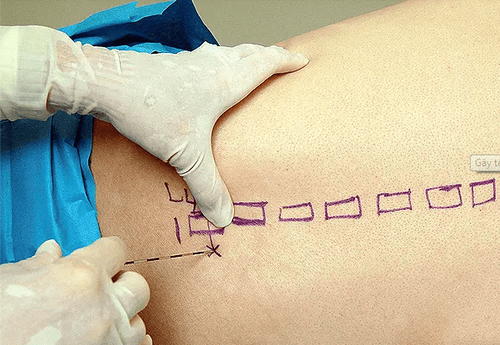
-Bupivacaine 0.25-0.5% 10-20ml.
-Ropivacaine 0.25-0.5% 10-20ml.
-Levobupivacaine 0.25-0.5% 10-20ml.
Drugs for continuous maintenance infusion: -Bupivacaine 0.125-0.25% infusion rate 4-6ml/hour.
-Levobupivacaine 0.125-0.25% infusion rate 4-10ml/hour.
-Ropivacaine 0.125-0.25% infusion rate 4-10ml/hour.
4. Monitoring during anesthesia for ureterectomy
Basic vital signs such as patient consciousness, heart rate, respiratory rate, blood pressure and SpO2. The degree of sensory and motor blockade of the patient due to the effect of the anesthetic. Complications, unwanted effects of spinal anesthesia and epidural anesthesia. Vinmec International General Hospital is a high-quality medical facility in Vietnam with a team of highly qualified medical professionals, well-trained, domestic and foreign, and experienced.A system of modern and advanced medical equipment, possessing many of the best machines in the world, helping to detect many difficult and dangerous diseases in a short time, supporting the diagnosis and treatment of doctors the most effective. The hospital space is designed according to 5-star hotel standards, giving patients comfort, friendliness and peace of mind.
Please dial HOTLINE for more information or register for an appointment HERE. Download MyVinmec app to make appointments faster and to manage your bookings easily.







